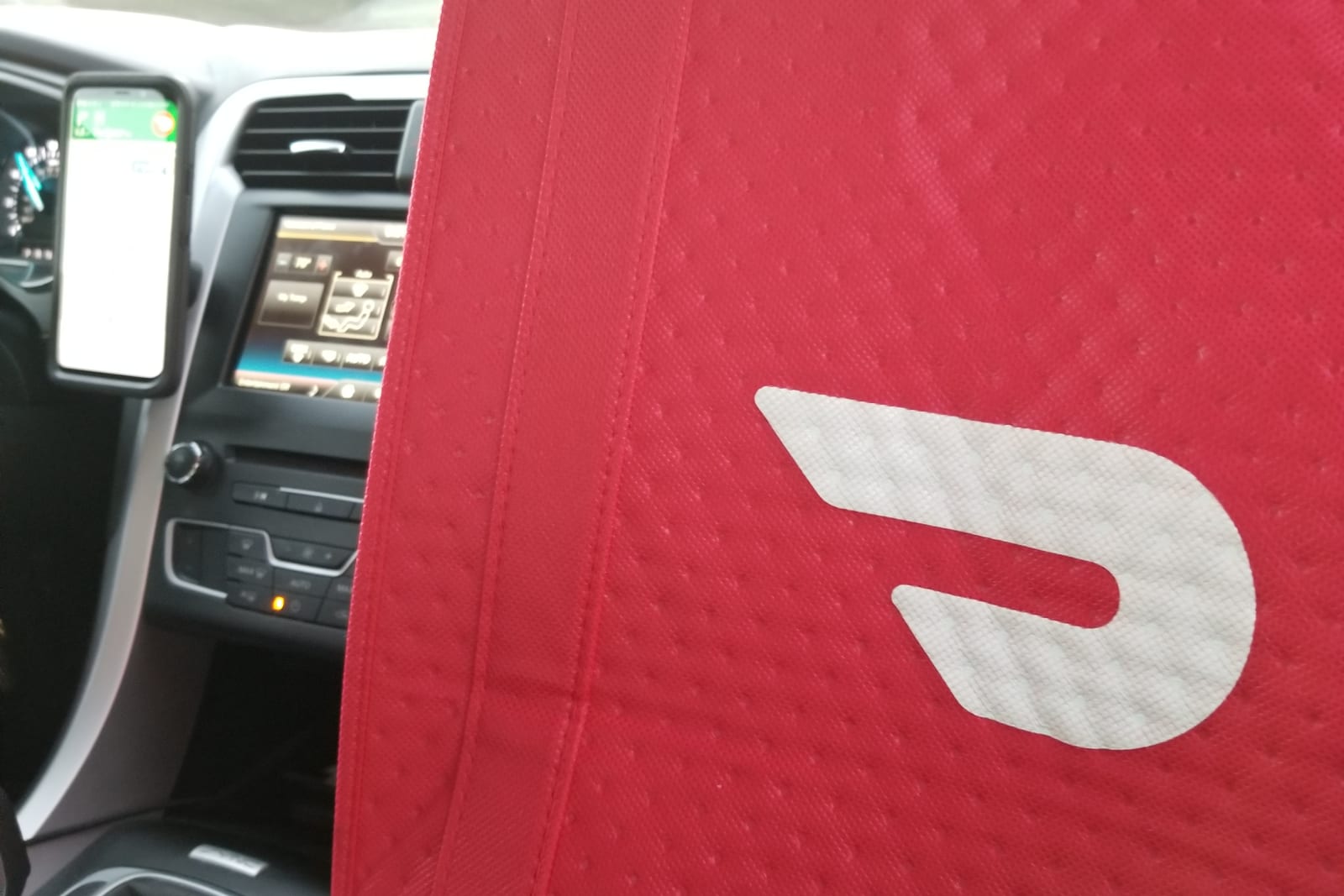Tag Archives: tips
Nikon is streaming online photography courses for free this month
 You might not be able to go out and shoot photos because of the coronavirus lockdown, but at least you can buff up your skills. Nikon USA is offering 10 classes from the its online school for free during the month of April. "Nikon's mission...
You might not be able to go out and shoot photos because of the coronavirus lockdown, but at least you can buff up your skills. Nikon USA is offering 10 classes from the its online school for free during the month of April. "Nikon's mission...
Facebook’s new Messenger hub shares tips for staying connected virtually
 Today, Facebook launched a new "Messenger Coronavirus Community Hub," which so far basically just explains how people, communities and businesses can use Messenger to stay connected during the coronavirus pandemic. If you already use Messenger, this...
Today, Facebook launched a new "Messenger Coronavirus Community Hub," which so far basically just explains how people, communities and businesses can use Messenger to stay connected during the coronavirus pandemic. If you already use Messenger, this...
Washington, DC sues DoorDash for allegedly misleading users about tips
 DoorDash's change in tipping policy has come too late to avoid legal repercussions. The District of Columbia Attorney General has sued DoorDash over claims it not only stiffed couriers (aka Dashers) through its tipping practices, but misled customer...
DoorDash's change in tipping policy has come too late to avoid legal repercussions. The District of Columbia Attorney General has sued DoorDash over claims it not only stiffed couriers (aka Dashers) through its tipping practices, but misled customer...
Tipping point: The gig economy hits delivery drivers in their wallets
 Tipping is ubiquitous to the American service industry with consumers encouraged to give "a little something extra" to their waiters, bartenders, and baristas, dry cleaners, dog-walkers and delivery drivers. But it wasn't always like this. The practi...
Tipping is ubiquitous to the American service industry with consumers encouraged to give "a little something extra" to their waiters, bartenders, and baristas, dry cleaners, dog-walkers and delivery drivers. But it wasn't always like this. The practi...
The top five design portfolio tips of 2019 from ‘Sam Does Design’

Hey I’m Sam and I do design. Some of the most popular YouTube videos I make are about portfolios and tips on getting a design job. For that exact reason, I wanted to write about portfolios here so I can share this information with you.
I’m the first one to admit that I have limited experience in the real world, with just two years of post-grad experience to my name. However, now that I’m sat on the opposite side of the interview desk, I have already started to see patterns emerging within the vast number of portfolios that I see. That also means that I can spot the mistakes that people make again and again. In order to help you, and to save myself from going through another portfolio with mistakes from someone who doesn’t know any better, I’m here to let you know EXACTLY what I look for.
Using these 5 techniques will be sure to improve your portfolio and make it a pleasure to read. If you’re unsure on what format your masterpiece should take, make sure to catch up on my last article for the pros and cons of PDFs, personal websites, portfolio websites, and printed books.

Tip 1: Only show your best work
The real world is different to university. As much as I would like there to be, there is no mark scheme, work schedule, or banded grade system. This means that you do not get extra points for showing more work. You actually lose points for showing filler work. I am guilty of this too, but it’s definitely worth only showing the work that you are truly proud of. Your portfolio is only as good as your worst project.
Tip 2: Show the type of work you want to be doing
As I mentioned in my last article, a red carpet set design company needs to see that you can design red carpet sets. Without seeing the work that the company needs help with, they cannot employ you because it becomes a risk when compared to someone who showcases it. You need to show the company that you’re already doing the work that they need help with. If that means spending some time on a personal unpaid project, then it could make all the difference when applying to your preferred design field.

Tip 3: World-build with a story
Each project needs to clearly show the problem that it’s solving, the journey the design took, and the decision making in the process. I find the best way to do this is to imagine each project is an article for a design website. This means capturing the audience with an in-context hero shot at the very beginning, followed by “the behind the scenes”, and then finishing with hero shots at the end. Without seeing the context shot at the start, there is no clear direction for the “behind the scenes”. Without the “behind the scenes”, there is no substance. Without the final hero shots, there is no finale. Using this formula can be seen in my portfolio reviews again and again.
Tip 4: Show, don’t tell.
While it is important to explain the whole story, it is industry standard to spend a maximum of 10 seconds flicking through an entire portfolio. Designers and hiring managers don’t have time to read all 100 portfolios they see word for word. Paragraphs should be kept to a minimum at all times. That means showing your skills naturally through visual means, and in turn means integrating your skills into the projects. From what I have seen, those with less experience will have dedicated “sketching” and “rendering” pages – showing a mish-mash of projects and segregating their portfolio into skills. This is something that schools and universities may use to assign marks or check that the work is being done, but it is not how the real world works. Your skills should be apparent and wrapped in the narrative of your project case studies, which should be beautifully laid out, with as little text as possible.
Tip 5: Compare yourself to others.
I can’t believe I just wrote that on the internet and I feel like a horrible person for suggesting it. But this is the one time in life when you should compare yourself to others, because your employer will be doing so as well. Ask yourself, would you employ yourself if you saw your portfolio for the first time? How about when compared against 5 other portfolios? What can you do to improve? You should be critical of your own submission before the employer gets a chance to be. As the saying goes, you are your own worst critic.
You can see how I documented the Gantri Weight light throughout this article. By using these 5 tips, I’m sure that your portfolio will be the best it can be. Good luck!






ABOUT THE AUTHOR
Sam Gwilt is an industrial designer with an eclectic mix of skills. He graduated Brunel University London and worked for Paul Cocksedge Studio, specializing in bespoke lighting installations and exhibitions internationally. He now works with clients globally at consultancy Precipice Design, and also runs an Instagram Page and YouTube channel – Sam_Does_Design – where he shares industry tips with the community.
Best Tips For Instant Mac Lock
DoorDash CEO announces that now your tips will go to delivery workers
 Earlier this year, news reports exposed that not only did DoorDash (and others, like Instacart) sometimes lower its payout to delivery workers when customers tipped, its payment system didn't make clear that this was happening. Last month it changed...
Earlier this year, news reports exposed that not only did DoorDash (and others, like Instacart) sometimes lower its payout to delivery workers when customers tipped, its payment system didn't make clear that this was happening. Last month it changed...

